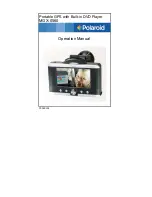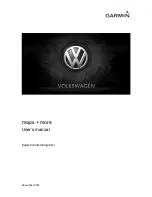
Thales Navigation, maker of Magellan GPS products, is not a cartography
company. We do not create the maps that are used on our GPS devices. We
seek to acquire map data from the best public and private sources available
at the time of publication. Thales Navigation licenses* topographical maps,
roadmaps, marine charts and points of interest (POI) data from commercial
and governmental cartographic sources that provide raw map data. Thales
Navigation processes and compresses the raw data into a format that makes
it presentable and manageable to work on our GPS devices. And to ensure
that our map data is as robust as possible, data from multiple sources are
often combined to provide a better user experience for our customers. This
processing does not alter the landforms, coordinates or other spatial data that
comes in the raw data. The accuracy of the maps is fundamentally
dependent on the source data used to create them. Map data changes
frequently due to both natural and man-made causes. As a result,
governmental and commercial cartography companies must continuously
review, correct, and improve upon their map data. We release new versions
of our maps on a regular basis to reflect these changes.
After processing the data, we test the compatibility of the map with our GPS
devices to ensure that the products we release work properly on our GPS
devices. We also beta-test our products to get customer feedback prior to
release.
2.4 Placement of Your GPS Receiver for Optimal Satellite Reception
FIrstly, before considering signal reception, it is important to understand
that your GPS receiver is a sensitive piece of equipment. You should never
place it in an area of your vehicle where it may be struck by other items, or
where vibration may cause it to strike other items or parts of the vehicle.
The windshield mount included in the box allows you to place the receiver
in such a way that the antenna can receive the satellite signal through the
windshield without being obstructed by other parts of the vehicle. However,
tinted windows or other reflective coatings may interfere with reception. In
this case, it may be required to attach an external antenna (optional). An
external antenna provides faster satellite fix times and greater signal strength.
Because it is mounted outside of the vehicle, it is not affected by reflective
coatings on windows and has an unobstructed line of sight to the satellites.
Other mounting solutions are available but may require an external antenna.
External conditions also affect GPS signal reception. Although weather
conditions do not affect the signal, tall buildings and trees, driving through
canyons, wooded areas, or tunnels, and sitting in a garage or covered
parking area will affect the GPS signal. The GPS receiver constantly
monitors and updated the GPS signal status and will reacquire the signal
once it is clear of any obstructions.















































